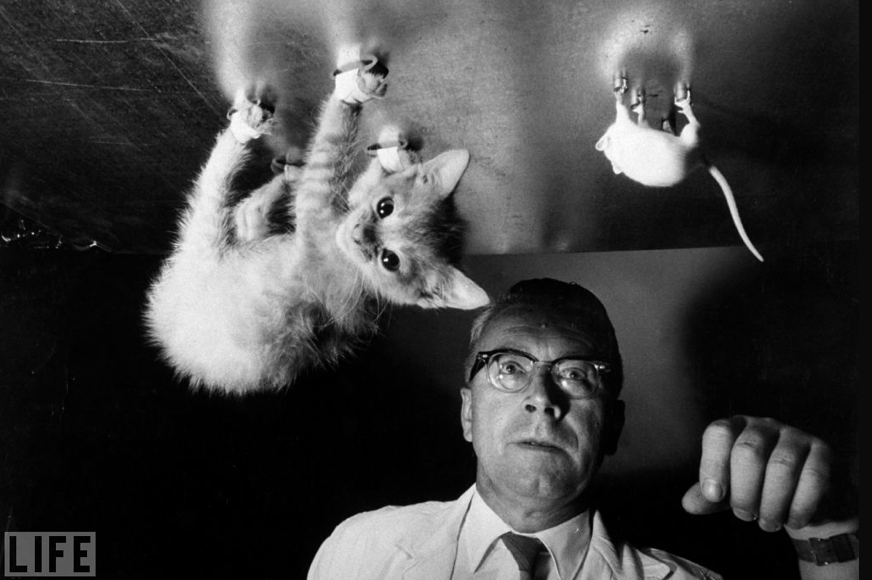1. We've got to figure out how tests work and what they tell.
known solutions (mono, di, and poly)
MISSION:
Put mono, di, and poly through two tests (to see which ones have reactions)
TWO TESTS
TEST 1- Benedict's Solution (it's blue!)
in separate test tubes (mono, di, and poly), add sugar solution and a squirt (not drops, but enough to get it visible in the pipettes) of blue benedicts. Heat for approx. 3-5 min. (will be removed from heater when a color change takes place)
(Pipettes in heater)
in separate test tubes (mono, di, and poly), add sugar solution and a few drops of brown Iodine. Heat for approx. 3-5 min. (to be removed from heater once color change takes place)
BE ABLE TO TELL WHAT MONO, DI, AND POLY DO THROUGH EACH OF THESE TESTS
When these solutions are put through these tests, a color change takes place! Some respond, and some don't.
-->
SUGAR
|
BENEDICTS
|
IODINE
|
Mono
|
+
|
-
|
Di
|
-
|
-
|
Poly
|
-
|
+
|
STARCH
|
BENEDICTS
|
IODINE
|
Mono
|
+
|
-
|
Di
|
-
|
+
|
Poly
|
-
|
-
|
Carbohydrate Identification Lab Analysis Questions
Use your results from the carbohydrate identification lab and any notes or resources about carbohydrates to answer the following questions:
- Name the three categories of carbohydrates studied in this investigation.
In this lab, we used sugar, starch, and fiber.
- 2. What three chemical elements are present in all carbohydrates?
Carbon, Hydrogen, and Oxygen.
- Give two examples each of the names of sugar molecules from our discussion or the textbook/online that are:
- Monosaccharides-Glucose and fructose.
- Disaccharides-Lactose and maltose.
- Polysaccharides-Starch and glycogen.
- How many times larger is the number of hydrogen atoms than oxygen atoms in:
- water? The air is 11.1% water.
- carbohydrates? Same amount
- “Mono” means one, “di” means two, and “poly” means many. Why are these terms used in describing the three types of sugars? Those sugars are made up of one, two, or many different compounds that can be joined together.
- How can you tell by using Benedict’s and iodine solutions if a sugar is a
- Monosaccharide? Has a reaction.
- Disaccharide? Has no reaction.
- Polysaccharide? Color turns deep blue.
- A certain sugar has no change in color when tested with Benedict’s solution.
- Can you tell what type of saccharide it is? Yes!
- A certain sugar has a color change in Benedict’s solution.
- Can you tell what type of saccharide it is? Yes!
- Explain. The different types of reactions (and labels) help me to understand the differences between the saccharides.
- Give a examples of foods that contain
- Monosaccharides- Fruit, vegetables, and honey
- Disaccharides- Milk and yogurt
- Polysaccharides- Corn, rice, and bread















